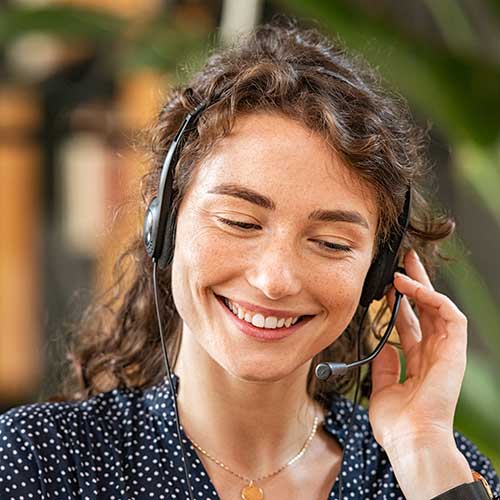What is a pulse oximeter and why should you buy one?
A pulse oximeter (oxygen measuring device) is a device with which you can measure the oxygen saturation of the arterial blood (spo²) without the need for an arterial blood sample. In addition, these devices show you the patient's current pulse frequency. The oxygen saturation indicates the percentage of hemoglobin in arterial blood loaded with oxygen. Hemoglobin is important for blood formation. It transports oxygen and carbon dioxide through the body. Therefore, oxygen saturation is an important parameter for assessing the breathing function.
How does a pulse oximeter work?
The pulse oximeter uses two light rays of different wavelengths to measure the oxygen saturation.
Since the measurement can be disturbed by external light such as artificial light or daylight, the pulse oximeter is in a clip.
The clip at a pulse oximeter essentially consists of two parts: on one side from a light source, on the other side of a light sensor. The light source sends infrared light waves that penetrate the finger. On the opposite side, the sensor measures how much and which light has taken blood and tissue at the location of the measurement.
The arterial oxygen saturation is then calculated and clearly displayed on the pulse oximeter by the so-called SPO² value. In addition, the pulse oximeter also records the peripheral pulse.
Where is a pulse oximeter used?
Pulsoximeters are used both in the medical and private sector. In the medical environment, pulseximeters are primarily used for rescue or emergency medicines, outpatient internal interventions, intensive care units and in anesthesia. In addition, it is possible for the doctor to see a lack of oxygen in acute lung diseases such as a asthma attack or pneumonia.
How do you use a pulse oximeter?
You can measure the oxygen saturation with a pulse oximeter at different parts of the body. The most popular place is due to the fingertips. You can also determine the values on the toes, the earlobes or for infants on the heel.
For the exact possible result, you should wash your hands before use and remove nail polish if necessary.
For the application you only have to switch on the device and put the measurement sensor on your finger. The result is usually visible on the display after a few seconds. In a healthy person, the value is between 95 and 100 %.
What restrictions does a pulse oximeter have?
Although a pulse oximeter is used to monitor the oxygen supply, it cannot determine the oxygen metabolism or the amount of oxygen used by a patient. A pulse oximeter is not a replacement for blood gas measurement in the laboratory, since there is no evidence of base deficits, carbon dioxide values, blood-pH value or bicarbonate (HCO3-) concentration.
What do you have to pay attention to when buying a pulse oximeter?
High -quality sensor
A high -quality sensor has top priority. This also works in cold or centralized patients and also in patients who have low blood pressure. Cheap sensors are usually installed in cheap pulse oximeters. These cheap sensors reach their limits, especially in patients who are in shock and have low blood pressure. Exactly in these patients, however, the pulseximeters should work reliably.
Rechargeable battery
The battery should be rechargeable and last long, so that it is fully functional even at low temperatures.
The problem with small, inexpensive devices is that there are button cell batteries that have little capacity and are quickly empty. If the devices are lying around over a longer period of time and are not in use, they are no longer functional if necessary.
Data export possible
Your patient's measured data should be saved and exported by the pulse oximeter. This allows you to compare past values with the current ones without having to record the values in writing.
It also makes it easier for you to show the respective doctor the values so that he can get an idea of your course of illness.
bracket
Due to the right bracket for a patient bed, the oxygen device is optimally stowed away and at hand.
Large, well -readable display
The display of the pulse oximeter should be large and very easy to read. With small displays, only the measured values are displayed. With larger displays, on the other hand, you can also see the pulse curve.
Loud alarm tones
Loud and clearly audible alarm tones should be available so that you can certainly see the impending risk of a lack of oxygen in an emergency.







